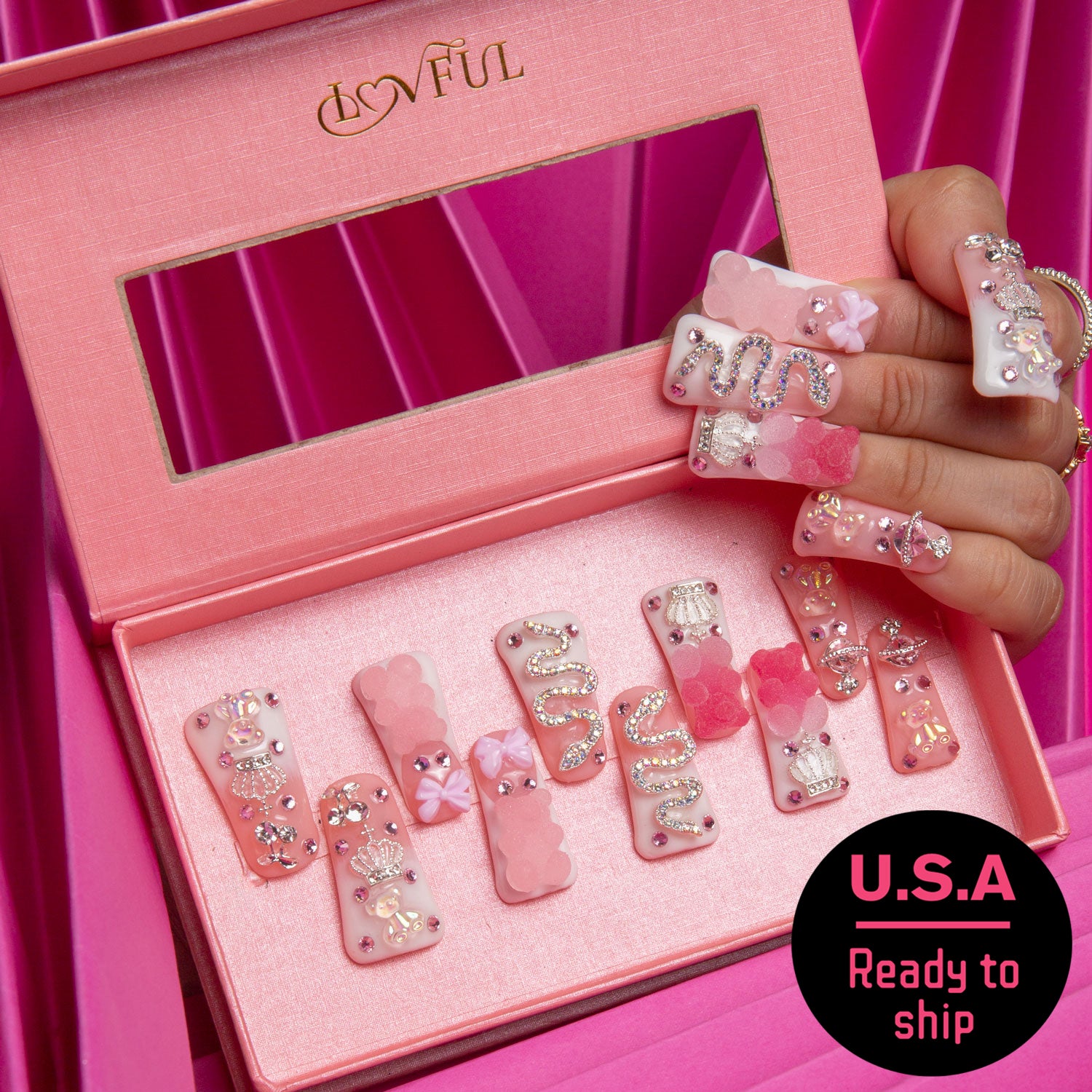-
 Find in Members
Find in Members Find in Videos
Find in Videos Find in Channels
Find in Channels
This website uses cookies to ensure you get the best experience on our website.
To learn more about our privacy policy Click herePrivacy Preference
- Tags - #BLOG
-
- Last updated April 15, 2024 0 comments, 340 views, 0 likes
More in Politics
Related Blogs
Archives
The Curious Case of Curve Nails: Understanding the Science Behind Them
Body
What Causes Curve Nails?
Curve nails, also known as koilonychia, are a condition where the nails become excessively curved and appear spoon-shaped. This can be caused by various factors such as iron deficiency, trauma to the nail, or certain underlying health conditions. The curvature of the nails can vary from mild to severe, and understanding the science behind this phenomenon can provide valuable insights into our overall health.

The Science Behind Curve Nails
When we delve into the science behind curve nails, we find that the shape and structure of our nails are influenced by the health of the nail bed and the matrix, which is the tissue beneath the nail. The curvature of the nails can be an indicator of the body's nutrient levels, particularly iron. Iron deficiency anemia can lead to koilonychia, causing the nails to become thin and brittle, with a characteristic spoon-shaped appearance.
Understanding the Implications of Curve Nails
While curve nails may seem like a minor cosmetic issue, they can actually signal underlying health problems that require attention. For instance, severe curvature of the nails could be a sign of hemochromatosis, a condition where the body absorbs too much iron. On the other hand, koilonychia can also be associated with conditions such as hypothyroidism, heart disease, and Raynaud's disease. Therefore, paying attention to the shape and texture of our nails can provide valuable clues about our overall well-being.
Treating and Preventing Curve Nails
Addressing curve nails involves identifying and treating the underlying cause. This may include dietary changes to address nutrient deficiencies, managing underlying health conditions, and taking steps to protect the nails from trauma. In some cases, medical intervention may be necessary to correct severe curvature of the nails. Preventing curve nails involves maintaining a balanced diet, protecting the nails from injury, and seeking medical advice if any abnormalities are noticed.









Comments